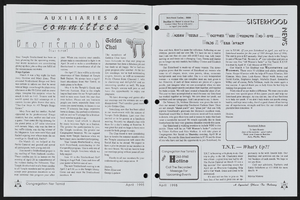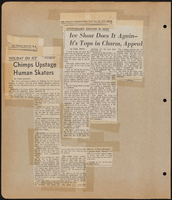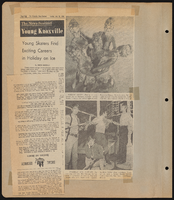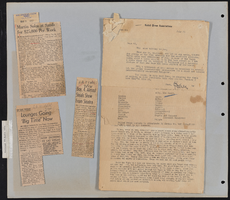Search the Special Collections and Archives Portal
Search Results

Transcript of interview with Eugene Brandise by Mark Mangiaracina, March 3, 1980
Date
Archival Collection
Description
Text
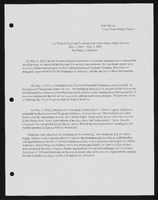
Alpha Kappa Alpha Sorority, Theta Theta Omega Chapter 73rd Far Western Regional conference agenda and report
Date
Archival Collection
Description
From the Alpha Kappa Alpha Sorority, Incorporated, Theta Theta Omega Chapter Records (MS-01014) -- Chapter records file.
Text

Transcript of interview with Robert D. Howell by Joe Sant, February 26, 1977
Date
Archival Collection
Description
On February 26, 1977, collector Joe Sant interviewed local Nevadan business owner, Robert D. Howell (born November 22nd, 1939 in Las Vegas, Nevada) in his home in Las Vegas, Nevada. This interview covers Las Vegas in the old days, from Mr. Howell’s personal experience of being born and raised in Nevada. During this interview, Mr. Howell also discusses the early above ground atomic tests, local environmental and social changes, the economic landscape, the Mormon Fort, religious beliefs, and local recreation. The interview concludes with discussion on air pollution.
Text

Interview with James Nobuo Yamazaki, October 14, 2005
Date
Archival Collection
Description
Text
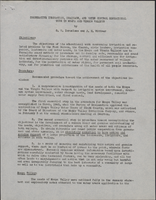
Report on cooperative irrigation, drainage, and water control educational work in Moapa and Virgin Valleys, October 10, 1945
Date
Archival Collection
Description
Discussion of the necessity of public education in the Moapa and Virgin valleys in regards to irrigation, drainage, water storage, domestic water, and flood control. Report was written October 10, 1945, attached application was dated February 3, 1945.
Text

